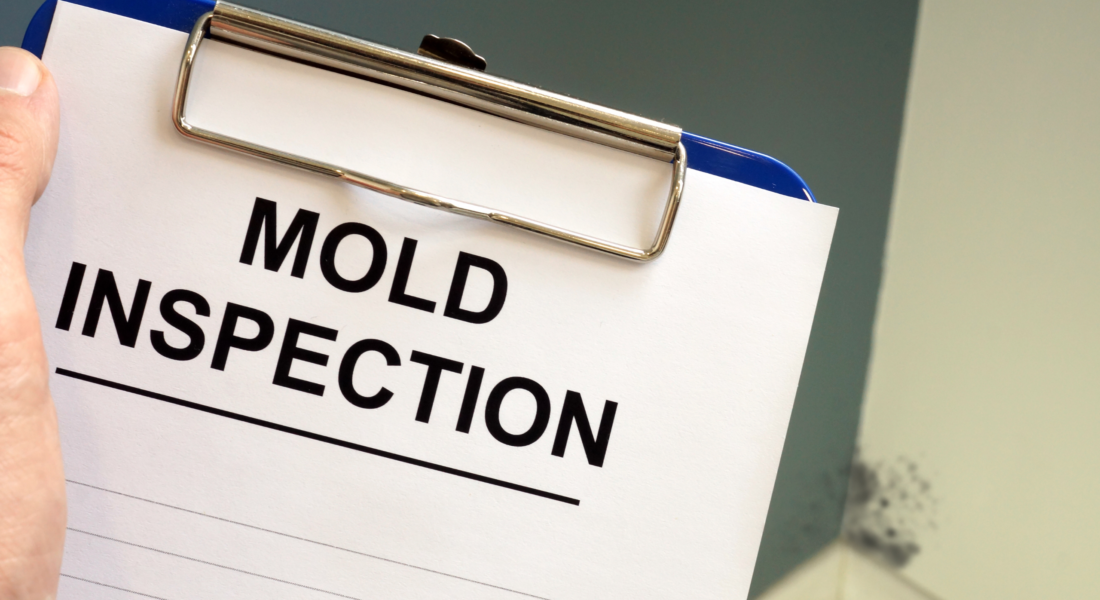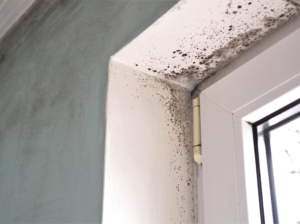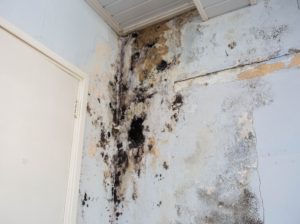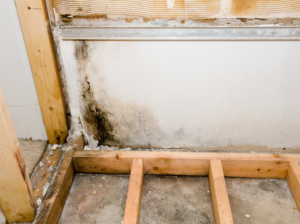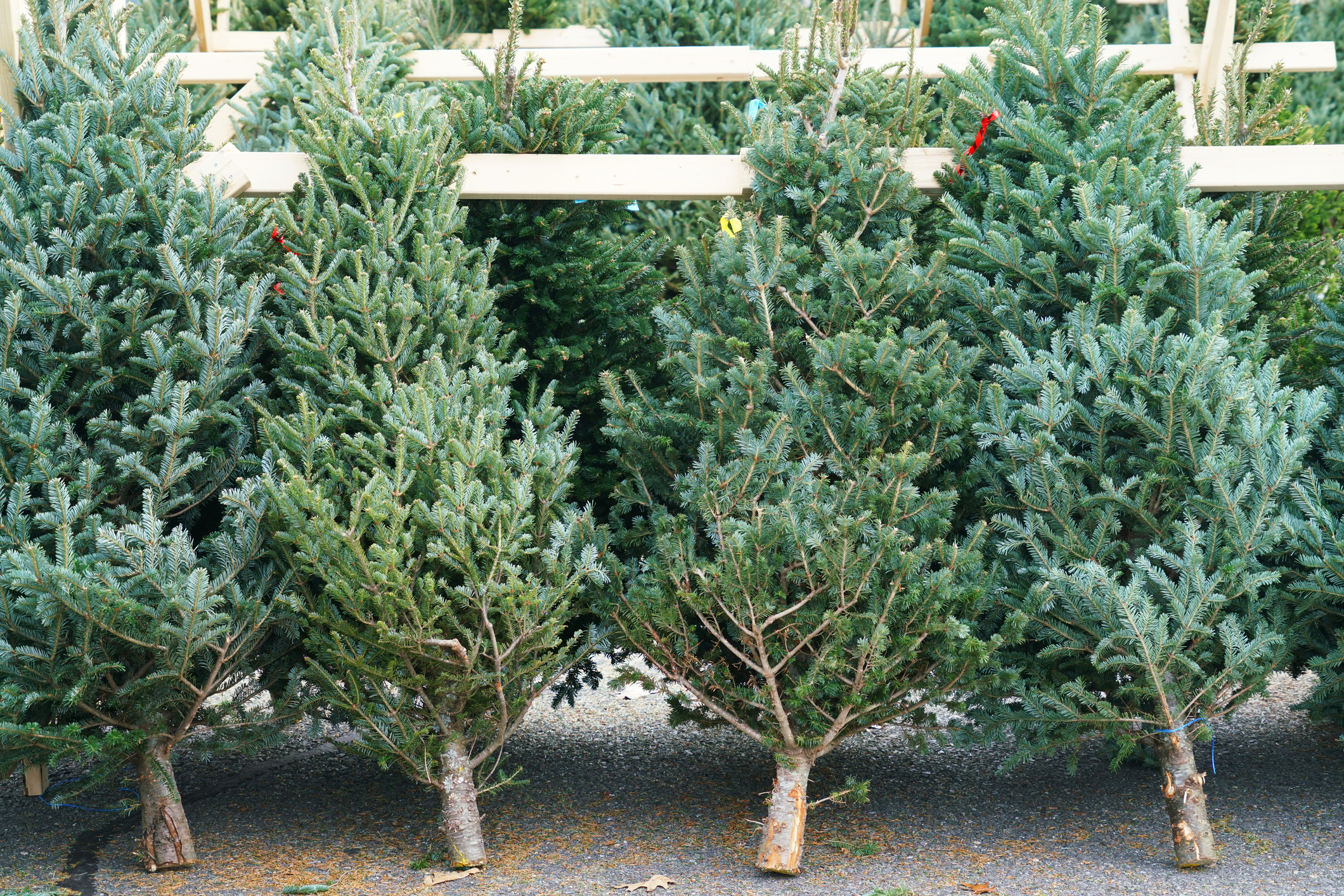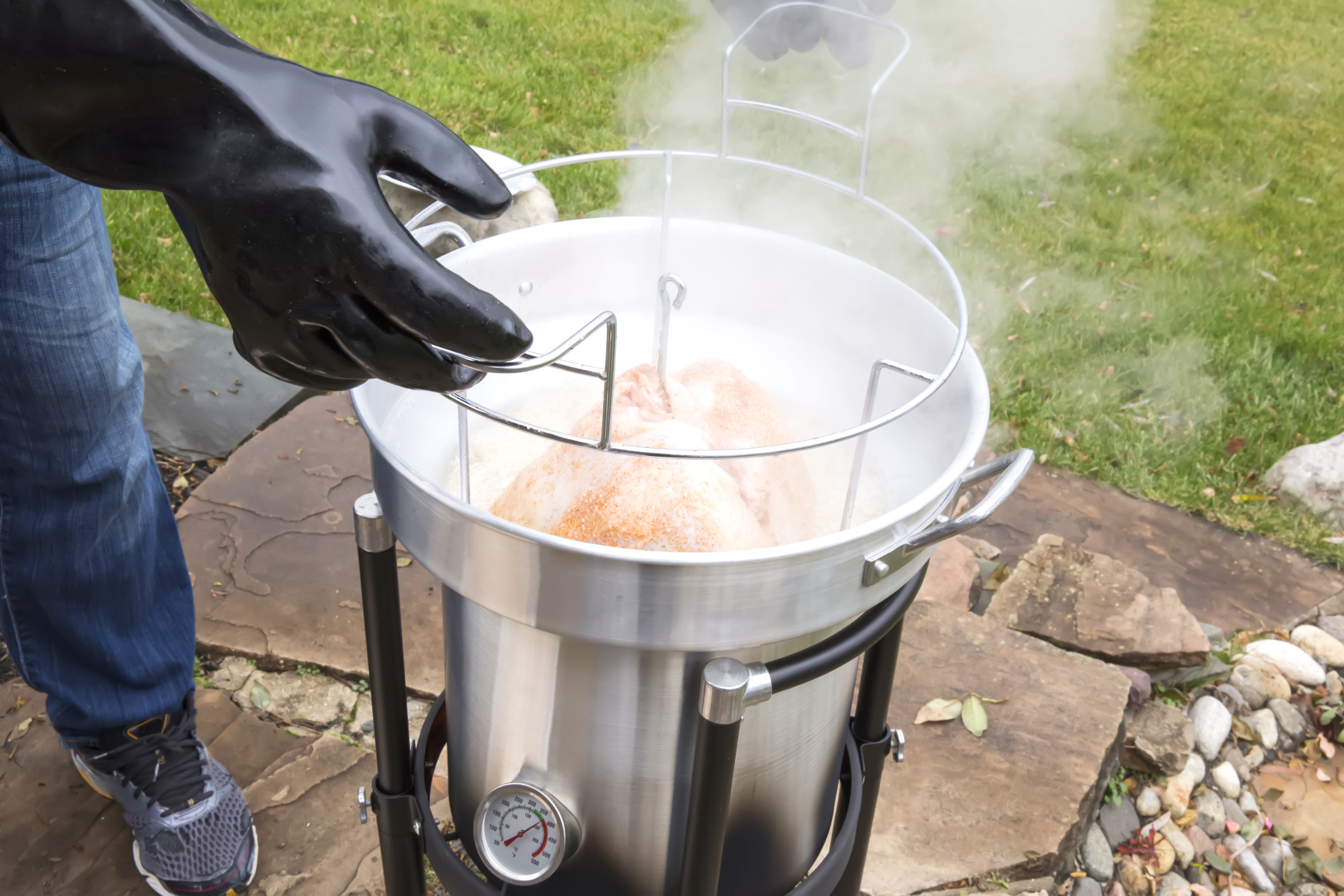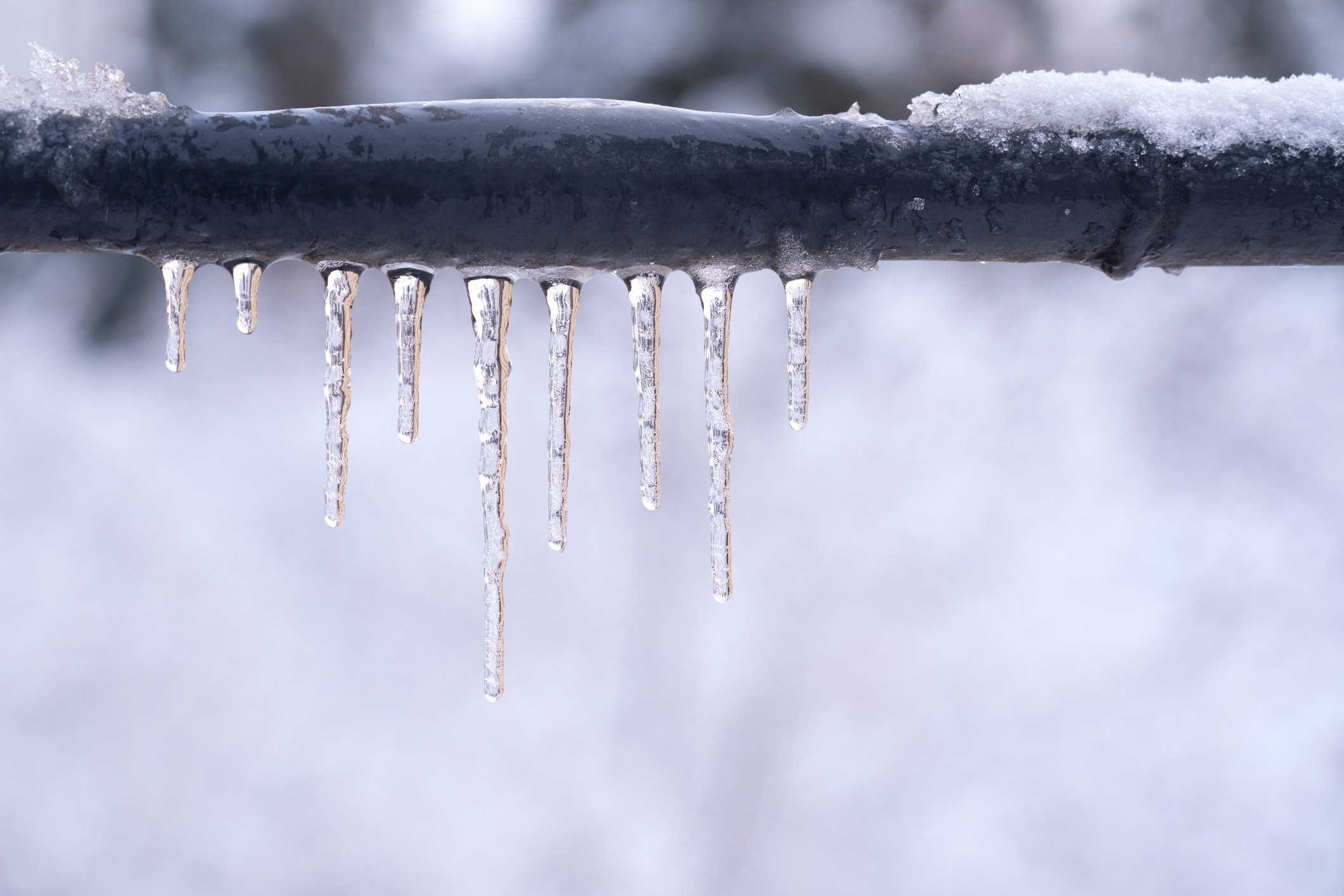Fall storms bring cooler temperatures, heavy rains, and increased humidity, which combine to make ideal conditions for moisture buildup and, ultimately, mold growth. When stormwater infiltrates your home or excess humidity accumulates in poorly ventilated spaces, mold spores in the air find a moist surface to settle on and start growing.
Here’s a look at how fall storms contribute to mold issues and what steps you can take to prevent it.
Why Fall Storms Cause Mold Growth
During the fall, increased precipitation and humidity saturate the ground and can cause water to seep into homes. Roofs, windows, and foundations often develop leaks under heavy rains, creating opportunities for moisture to penetrate areas like:
- Basements
- Attics
- Walls
Damp leaves also accumulate around homes and block drainage systems, further encouraging water buildup near foundations. These damp environments make it easier for airborne mold spores to settle and grow.
How Mold Develops After Heavy Rains
Mold needs just a few conditions to grow:
- Warmth
- Moisture
- Organic Material
In the fall, as temperatures drop and homes are closed up, condensation often accumulates on windows, pipes, and in poorly ventilated spaces.
Once mold finds a damp surface, it begins spreading in as little as 24-48 hours. Common household materials like wood, drywall, and carpets provide plenty of food for mold spores.
Identifying Mold Growth
Spotting mold early is crucial for preventing larger infestations and minimizing health risks.
Here are some common signs of mold growth to look out for after heavy rains:
- Musty Odor: Mold emits a distinct musty smell, especially in closed or confined areas like basements and attics.
- Visible Discoloration: Dark or greenish-black spots on walls, ceilings, and other surfaces may indicate mold. Pay attention to areas near windows, doors, and foundations, where leaks or water accumulation are likely.
- Increased Allergy Symptoms: If you or your family members experience coughing, sneezing, or itchy eyes after a storm, it could be a reaction to mold spores in the air.
Pro Tip: To minimize health risks, promptly address any visible mold, use dehumidifiers to reduce moisture, and ensure proper ventilation in damp areas of the home.
Learn more about the potential health risks posed by mold here: The Dangers of Mold in Your Home
Preventing Mold Growth After Fall Storms
Taking proactive steps after a storm can make a significant difference in keeping mold at bay.
Here are a few key strategies to prevent mold growth:
- Inspect and Seal: Regularly inspect your home’s roof, windows, doors, and foundation for any cracks, leaks, or weak points. Sealing these areas before the fall storm season can help prevent water from seeping inside.
- Improve Ventilation: Make sure that air circulates freely in vulnerable areas like basements, attics, and bathrooms. Use dehumidifiers and exhaust fans where needed to reduce indoor humidity levels below 60%, as mold thrives in moist environments.
- Clear Gutters and Drains: Blocked gutters and drainage systems cause water to pool around your home’s foundation. Clear out leaves and debris regularly, and ensure that downspouts direct water away from your home.
- Dry Out Wet Areas Promptly: If water does seep inside, act fast. Use fans and dehumidifiers to dry the area within 24-48 hours, minimizing the chance for mold to settle and spread.
- Use Mold-Resistant Products: In high-risk areas, consider using mold-resistant paints and building materials, especially if you’ve had moisture issues in the past. These products can help to inhibit mold growth on walls and other surfaces.
Pro Tip: If you notice extensive mold growth covering more than 10 square feet, or if mold is deeply embedded in walls or ceilings, it’s best to hire a professional mold remediation service.
For more info on mold remediation services, read our article: 10 Key Considerations When Hiring a Mold Remediation Service
Dealing with Mold Safely
If you discover mold after a storm, try to clean small areas yourself using soap and water, but wear gloves and a mask to protect against inhaling spores. For larger mold issues, it’s best to let 24 Hour Flood Pros handle the mold remediation process, as they can ensure all spores are completely eradicated.
Fall storms may be inevitable, but mold growth doesn’t have to be. With regular home maintenance, prompt action, and preventive measures, you can protect your home and family from the adverse effects of moisture buildup and mold!

